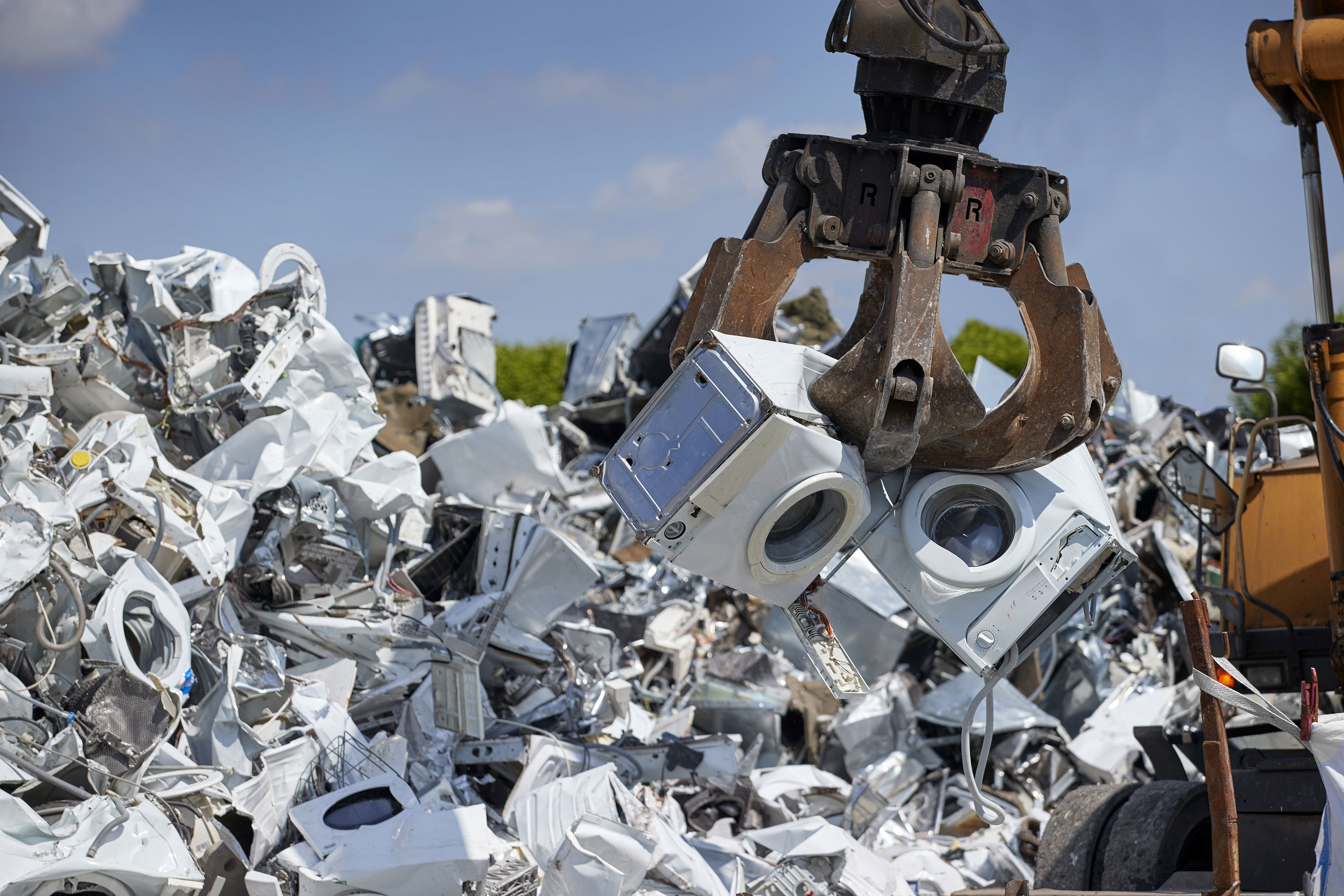The Buzz on Recycling Lives Services
Table of ContentsFascination About Recycling Lives ServicesThe Ultimate Guide To Recycling Lives ServicesThe Facts About Recycling Lives Services UncoveredThe smart Trick of Recycling Lives Services That Nobody is Talking AboutLittle Known Questions About Recycling Lives Services.

Furthermore, all Oxfordshire neighborhood authorities accept vapes and e-cigarettes as a different kerbside collection. Just how they are collected in each location differs a little; check you have the appropriate details for your location.
Portable batteries the kind you discover in tiny handheld gadgets can likewise be recycled at the kerbside but not inside any of your containers. Larger stores that market batteries additionally have collection factors for recycling old batteries.
The Recycling Lives Services PDFs
Older-style filament or halogen light bulbs can be dealt with in your basic rubbish container at home. Some do it yourself shops likewise have collection points for light bulbs. Small electric products (small adequate to fit in a service provider bag) can be recycled at our waste recycling centres or at the kerbside. recycling lives services skips hire.

What Does Recycling Lives Services Do?
Electric products are broken down into separate pasts to make sure that the various materials they are made up of can be removed and reused. Waste recycling centres are for use by homeowners only and can not approve waste from business resources. Nevertheless, local business and traders have a responsibility of treatment under this system, which implies they additionally have to adhere to the WEEE laws.
E-waste, digital waste, e-scrap and end-of-life electronics are terms often made use of to define made use of electronics that are nearing the end of their beneficial life, and are discarded, donated or provided to a recycler. The UN defines e-waste as any type of discarded items with a battery or plug, and features poisonous and unsafe compounds such as mercury, that can position extreme danger to human and ecological health and wellness.
All about Recycling Lives Services
Only 17.4% of this electronic waste, containing a mix of dangerous substances and priceless products, will be tape-recorded as being appropriately accumulated, dealt with and see this site recycled - https://hearthis.at/zona-beardsley/set/recycling-lives-services/. Many efforts are undertaken to tackle this growing worry, yet none can be fully effective without the active duty and proper education of consumers

Additionally, mining discarded electronic devices generates 80% much less discharges of carbon dioxide per system of gold compared to mining it from the ground. In 2015, the extraction of resources made up 7% of the globe's energy intake. This implies that moving in the direction of making use of even more secondary resources in electronic goods can help considerably within the targets laid out in the Paris Agreement on climate adjustment.
Recycling Lives Services Things To Know Before You Buy
When the carbon dioxide released over a device's life time is thought about, it mainly takes place during manufacturing, before customers buy a product. This makes reduced carbon procedures and inputs at the manufacturing phase (such as usage recycled raw materials) and product life time crucial components of total ecological impact.
Even in the EU, which leads the world in e-waste recycling, just 35% of e-waste is formally reported as effectively accumulated and reused. Internationally, the standard is 20%; the remaining 80% is undocumented, with much winding up buried under the ground for centuries as land fill. E-waste is not naturally degradable. The absence of reusing weighs greatly on the worldwide digital sector and as tools become much more numerous, smaller sized and much more complicated, the problem intensifies.
The staying mass of e-waste generally plastics laced with steels and chemicals postures a more intractable problem. A brand-new vision for the production and intake of electronic and electric goods is needed. It is simple for e-waste to be framed as a post-consumer issue, yet the issue encompasses the lifecycle of the tools every person utilizes.